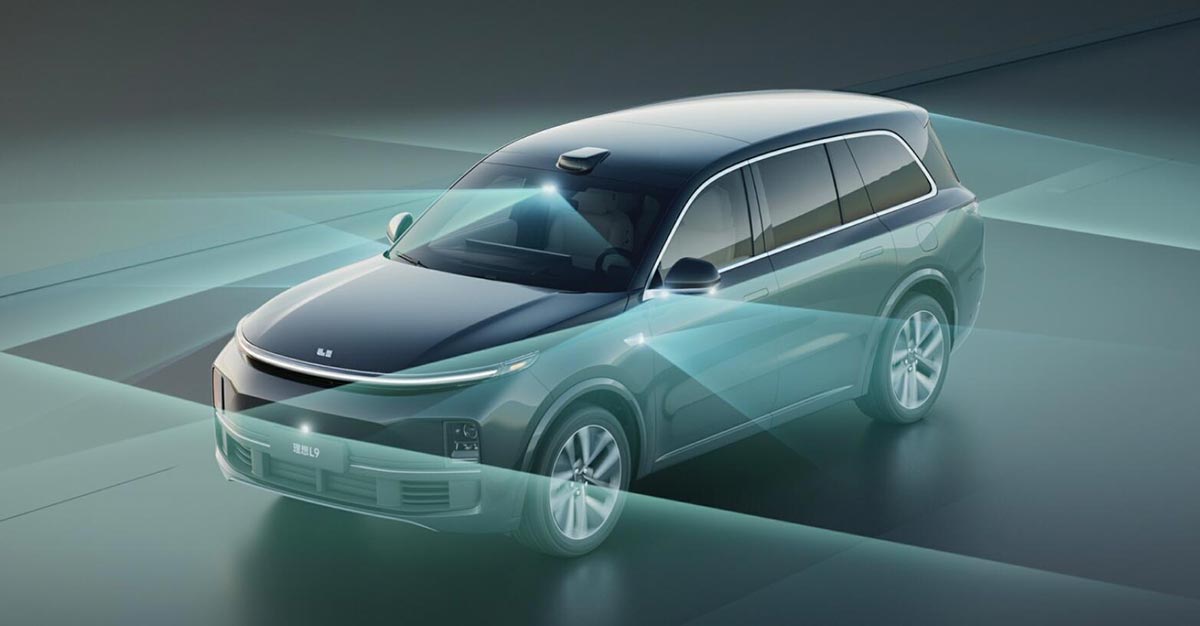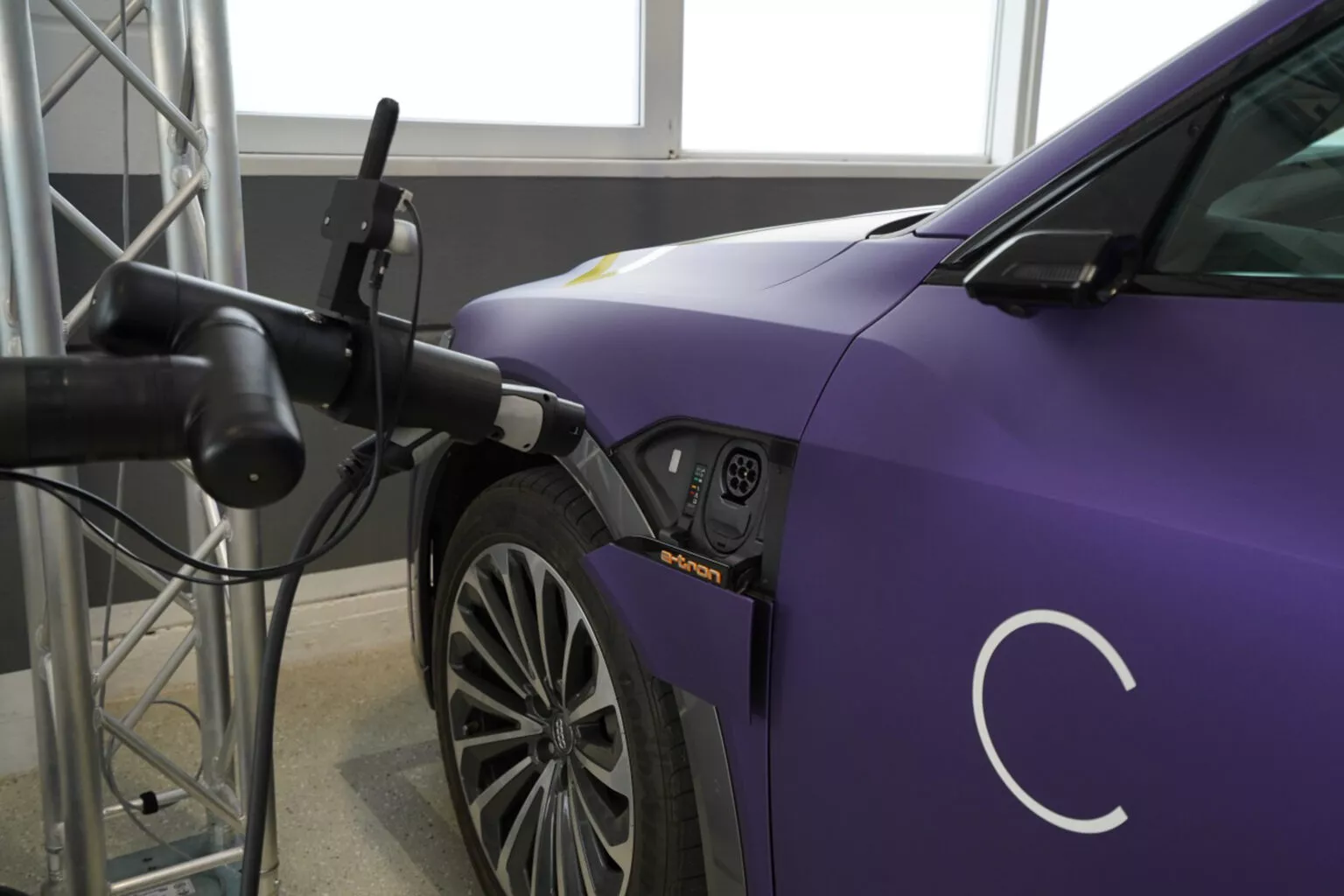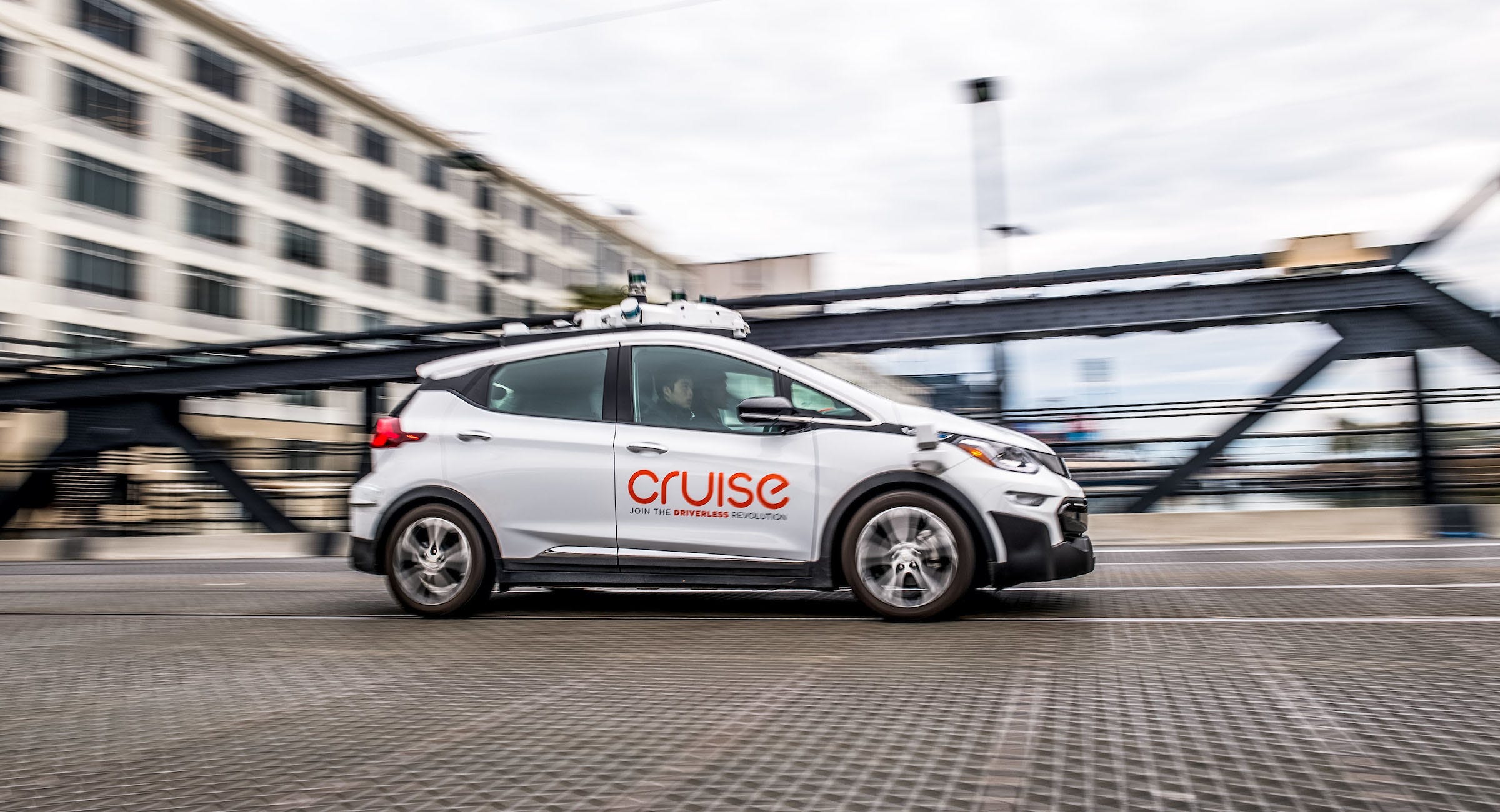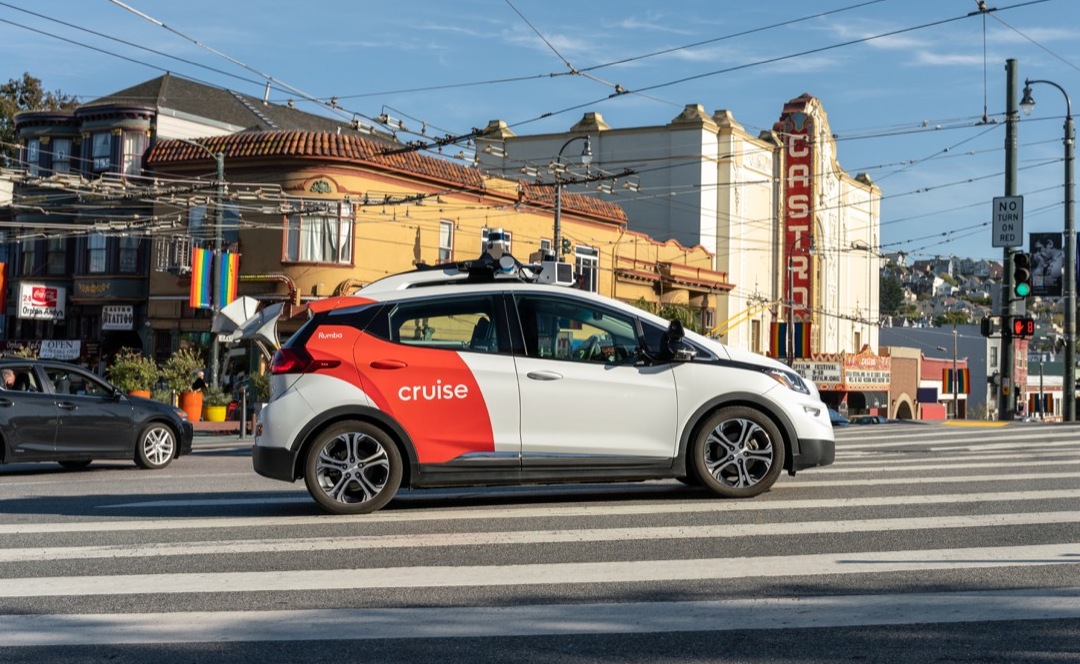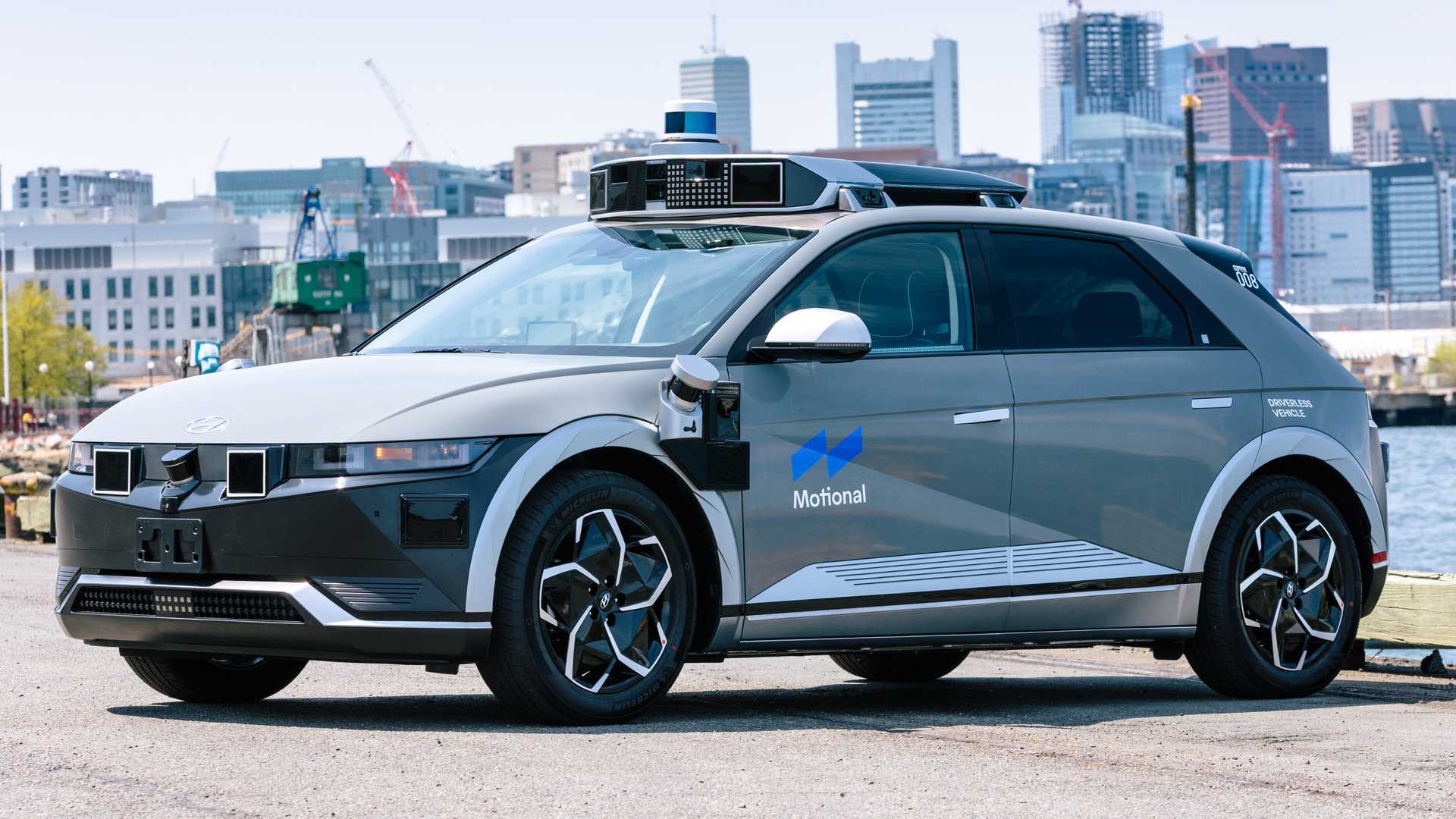Chinese extended-range electric vehicle (EREV) manufacturer Li Auto has selected Nvidia’s Drive Thor centralized car computer to power its upcoming fleet, as announced by the U.S. chip giant. Nvidia introduced Drive Thor, a new system for autonomous driving, on September 20, 2022, positioning it as the successor to Drive Orin with a focus on Li Auto’s 2025 models.
The Drive Thor system-on-a-chip (SoC) offers a substantial 2,000 teraflops (Tops) of performance. Manufacturers can allocate the computing power for various purposes, including the autonomous driving pipeline, in-vehicle AI, infotainment, and driver assistance.
See also: Li Auto Anticipates March Launch for Debut Fully Electric Car, Accepts Pre-Orders in China
Li Auto currently employs Nvidia’s Drive Orin for its existing models, alongside other major EV makers such as Nio, Xpeng, and Zeekr. Nio recently unveiled its in-house developed autonomous driving chip, Shenji NX9031, at Nio Day 2023. This chip, built on a 5 nm process, boasts computing power equivalent to four Nvidia Drive Orin Xs.
Li Auto’s current lineup includes the Li L7, Li L8, and Li L9 models, offering trim options like Air, Pro, and Max. The Air and Pro versions utilize Horizon Robotics’ Journey 5 smart driving chip, while the Max version incorporates LiDAR from Hesai Technology and two Nvidia Orin X chips, totaling 508 Tops of computing power.
Nvidia’s Drive Thor has become the preferred AI car computer for modern intelligent fleets, according to Wu Xinzhou, Nvidia’s vice president of automotive. Zeekr, a brand under Geely, was the first customer to adopt Drive Thor, integrating it into its next-generation smart EVs with production slated for early 2025.
See also: Li Auto Officially Unveils Li Mega Electric MPV, Claims 500 km Range on 12-Minute Charge
Great Wall Motor is set to implement the Drive Orin computing platform for its in-house developed intelligent driving system, Coffee Pilot. This system, supporting parking, highway, and city scenarios, will debut in the first half of this year.
Xiaomi EV’s first model, the SU7, relies on a dual Drive Orin configuration, enabling highway driving capabilities. Xiaomi EV aims to introduce city pilot assisted driving functionality in 100 cities by the end of 2024, according to Nvidia’s recent press release.

